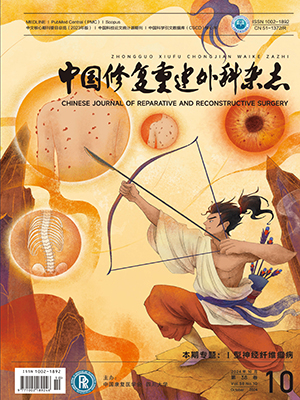OBJECTIVE The biological effects of recombinant human epidermal growth factor (rhEGF) and recombinant human fibroblast growth factor (rhFGF) were evaluated on the model of incised wounds in mini pigs. METHODS Total of 160 incised wounds in 16 mini pigs were divided into two groups (rhEGF group and rhFGF group), each containing 80 wounds. In rhEGF group, 60 incised wounds were treated with different dosages of rhEGF (50, 10 and 0.5 micrograms/wound), and another 20 wounds were treated with solvent as control group. In rhFGF group, all wounds were treated in the same way as described in rhEGF group, the dosages of rhFGF were 150, 90 and 30 U/cm2 respectively. The measurements of cavity volume and area in wound, histological examination were used to evaluate the results of wound healing. RESULTS The results showed that wound healing was accelerated in all wounds treated with rhEGF and rhFGF. In rhEGF group, the velocity of re-epithelialization was faster than that of rhFGF group, however, new granulation tissue in rhFGF was more than that of rhEGF group. CONCLUSION The results indicate that rhEGF and rhFGF can stimulate wound healing, however, the mechanisms and the biological effects involved in these processes are quite different. It suggests that it is better to use rhFGF in those wounds which need more granulation tissue formation and use rhEGF in the wounds which mainly need re-epithelialization.
Citation: FU Xiao bing,SUN Tong zhu,WANG Ya ping,et al.. COMPARATIVE STUDY OF EPIDERMAL GROWTH FACTOR AND BASIC FIBROBLAST GROWTH FACTOR ON WOUND HEALING. Chinese Journal of Reparative and Reconstructive Surgery, 1999, 13(5): 278-282. doi: Copy




